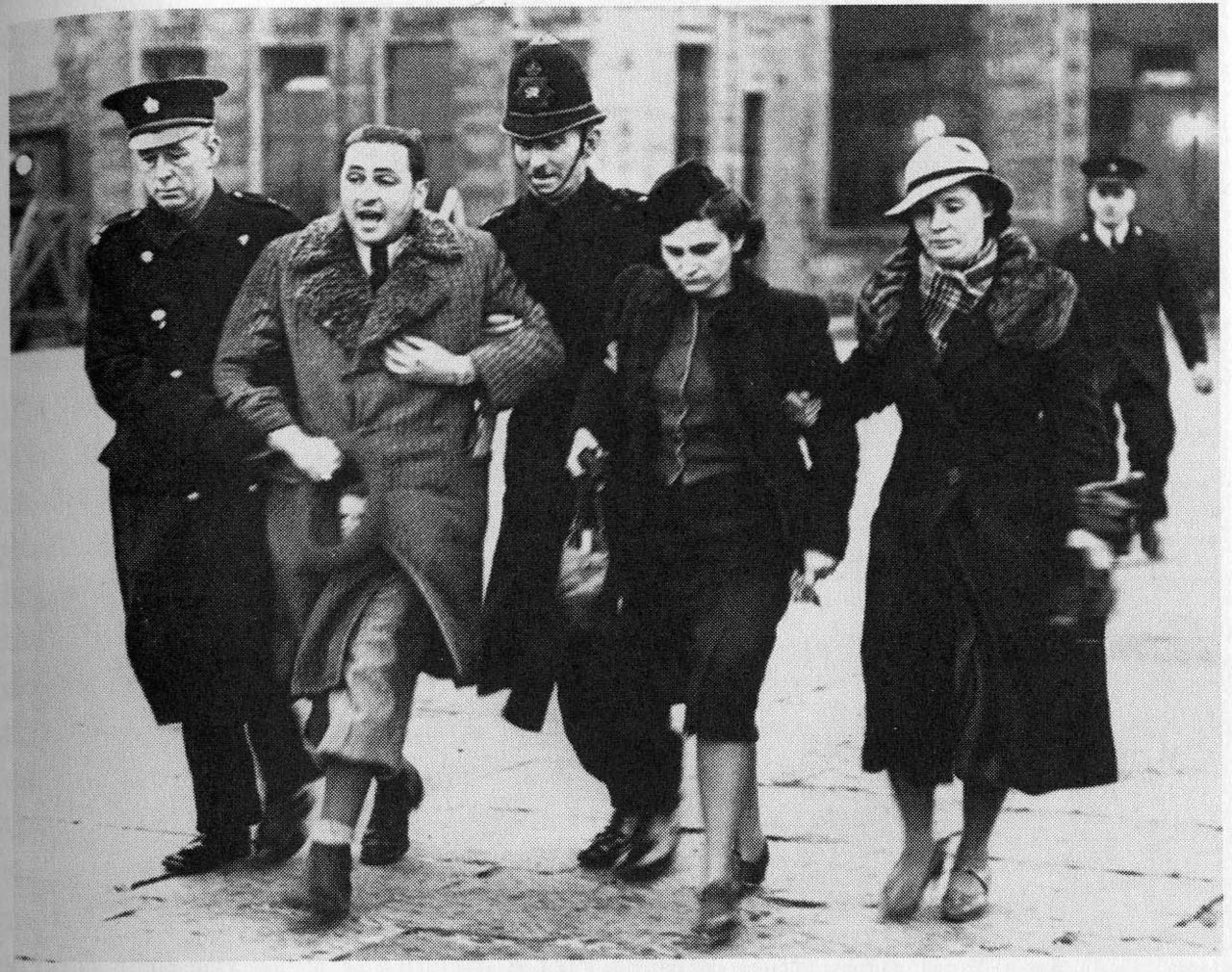Estimated reading time: 6 minutes
The plight of Jewish refugees after the outbreak of World War II in 1939 is well documented. Hundreds of thousands of people fled Nazi persecution and hoped to find a new home amidst a war raging across Europe. However, despite the increased attention given to this period, the refugee crisis did not begin with World War II.
By Madison Moulton
As soon as the Nazi Party came to power in 1933, Jewish people began to leave Germany, fearing what a future in the country may look like if they decided to remain.
As the attacks on Jews increased throughout the 1930s, thousands more chose to emigrate. But most of these refugees struggled to find a place to settle, as worldwide anti-Semitism caused governments to implement strict quotas, or to close their doors altogether.
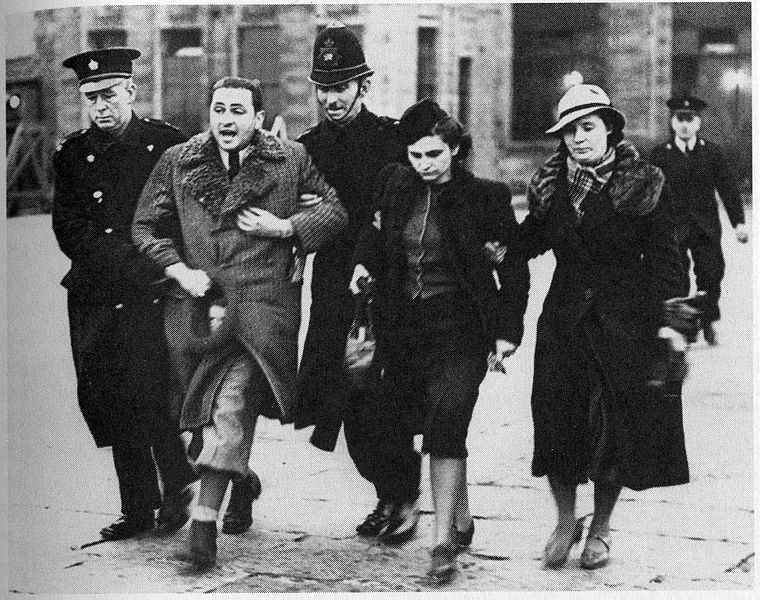
Few countries took in significant numbers of refugees. Some were later invaded by Germany during World War II; others became safe havens for Jewish people fleeing for their lives. Those who were denied visas by the countries they sought refuge in were forced to remain in Germany and Austria, and many died just years later in the Holocaust as a result.
Citizens Without a State
The first wave of emigration began immediately after the Nazi Party came to power in March 1933. Of the 523 000 Jews in Germany, around 38 000 moved to neighboring countries in Western Europe.
Following this first wave, emigration declined as more and more countries refused Jewish visas. After the initial panic of 1933 settled, many chose to stay in Germany despite laws that stripped the Jewish population of their rights.
But in 1938, a second wave of emigration was spurred by the series of violent attacks on the Jewish population, the annexation of Austria, and the forced removal of Jewish people from their homes. In this period before World War II, hundreds of thousands of people applied for visas around the world, and over 100 000 managed to emigrate from Germany and Austria.
This massive second wave of emigration created a refugee crisis. A conference was held in Evian, France in 1938 attempting to resolve the problem, but of the 32 countries present, only the Dominican Republic was willing to accept large numbers of refugees. Most countries maintained their restrictions on Jewish immigration or even tightened restrictions.
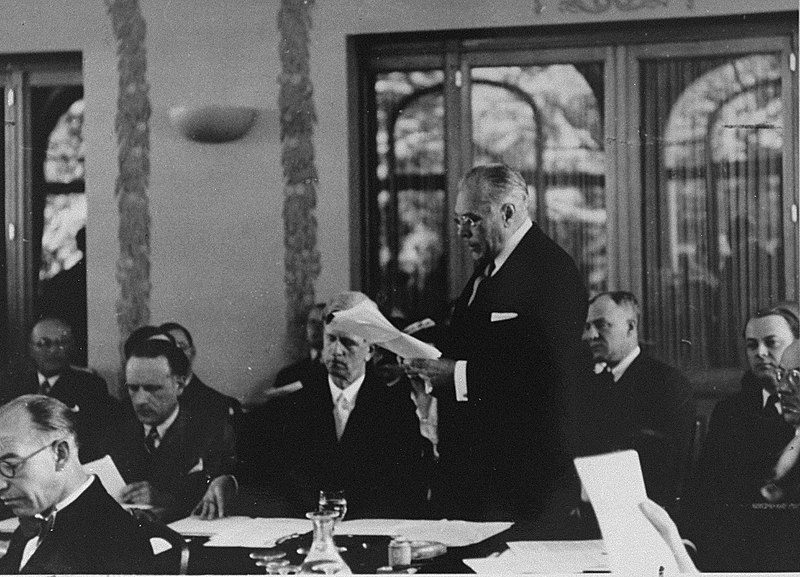
Refusal Of Refugees
The United States and Great Britain led the charge in applying restrictions and limiting the intake of refugees.
In the United States, just under 30 000 emigrants from Germany and Austria per year were allowed according to their quota system. However, many visas were denied, and the quotas never fulfilled (bar the year 1939, when the quota was met for the first time). This came nowhere close to matching the number of applications – over 300 000 – and the Jews were forced to seek help elsewhere.
Great Britain also limited the intake of refugees, not only into the country itself, but also into Palestine. Britain assumed responsibility for Palestine in 1920 and remained in control until 1948. In the early 1930s, Jewish emigration to Palestine was encouraged by the Nazi Party under the Haavara Agreement. But, in 1939, the British government implemented policies to restrict Jewish entry into Palestine. Only 60 000 Jews were granted entry into Palestine before the war, and 40 000 into Great Britain.
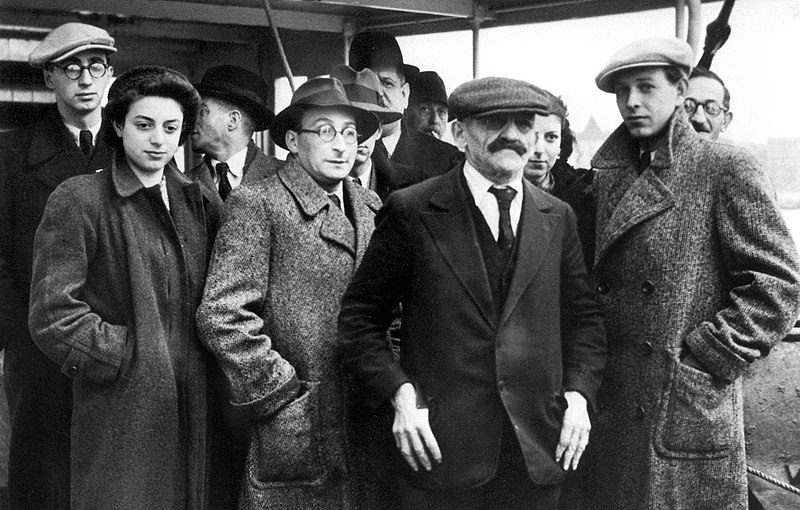
In Australia, the attitude was much the same. At the Evian Conference, Australian delegate Colonel T. W. White made this statement:
…as we have no real racial problem, we are not desirous of importing one by encouraging any scheme of large-scale foreign migration.
The battles refugees faced are often demonstrated by the story of St Louis, a ship carrying 908 Jewish refugees from Germany in 1939. The ship made its way to Cuba while many passengers awaited acceptance of their visas to grant them admission to the United States. In Cuba, the transit visas were rejected, and the United States refused to allow the ship to land. The St Louis returned to Europe where some passengers were taken in by other European countries. The others were forced to return home. Of the 908 passengers, 254 died a few years later in the Holocaust.
The Anomalies
While most governments around the world tightened restrictions on immigration, there were a few that committed to accepting as many visas as they could. In South America, while anti-Semitism grew in countries across the continent, Bolivia admitted thousands of refugees in the late 1930s. The Dominican Republic also processed thousands of visas, although many Jews were not able to reach the country.
In Asia, approximately 20 000 Jews fled to Shanghai. The parts of the city under European control – foreign concessions after the Battle of Shanghai between China and Japan – did not require a visa to enter and welcomed Jewish refugees. With the rise in restrictions around the globe, Shanghai remained one of the only emigration options for Jews out of Germany and Austria.

However, once Japan gained control of these areas after declaring war on the Allies in 1941, they began to implement restrictions on the Jewish people. After the war, unrest in China prompted many Jewish people to emigrate elsewhere, leaving only a small Jewish population behind.
With few places to go and visa applications rejected more often than they were accepted, Jewish refugees who attempted to leave the grip of the Nazi Party faced an uphill battle. The problem only worsened with the outbreak of the war as Germany took control of much of Europe and banned Jewish emigration in 1941.
As Walter Mondale, American Politician wrote several years later in 1979 of the Evian conference and the refugee crisis, “the question they underline[d] is not simply humanitarian … it is a test of civilization. At Evian, they began with high hopes. But they failed the test of civilization.”
These podcasts discuss this tragic story of shameful prejudice and inaction by the international community, with the few bright spots of support for Jewish refugees.
Articles you may also like
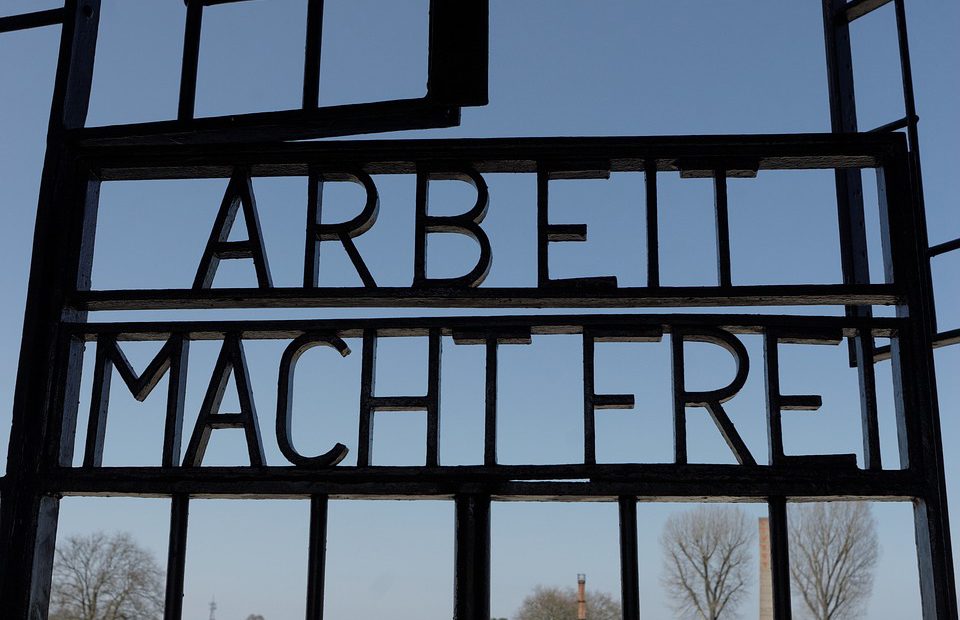
Remembering Sachsenhausen-Oranienburg
REMEMBERING SACHSENHAUSEN-ORANIENBURG By Rachel Horne. 35 kilometres north of Berlin, you will find the Nazi concentration camp of Sachsenhausen-Oranienburg. Some particularly well-known figures were imprisoned here, including the Prime Ministers of Spain and France, and the wife and children of the crown prince of Bavaria. Joseph Stalin’s oldest son was also interred at Sachsenhausen, before […]

Battle of 42nd Street – Anzacs Proving Germany Could be Beaten
Morale can make all the difference on the battlefield. On the 27th May 1941, with the Greek island of Crete close to loss and the Allies in full retreat, a 12 minute moment of madness by Australian and New Zealand troops proved that aggression and bravery could overcome Germany’s elite troops. By Richard Shrubb. Background […]

